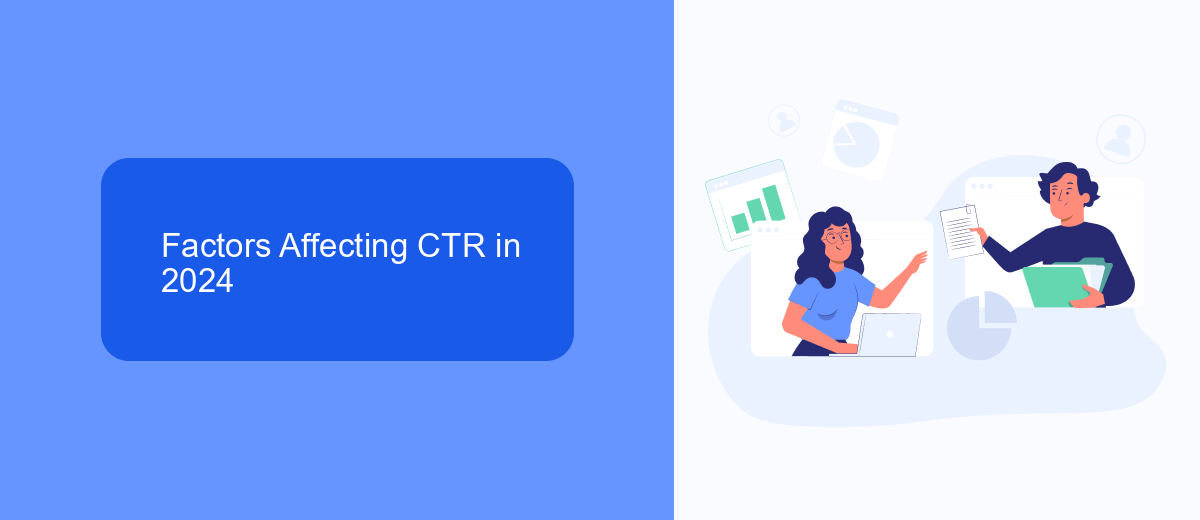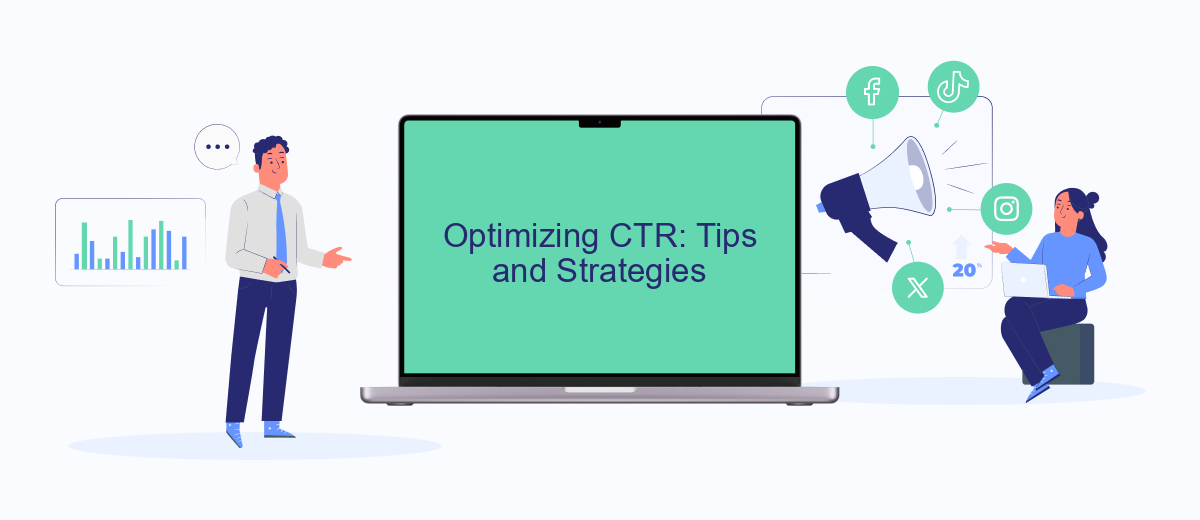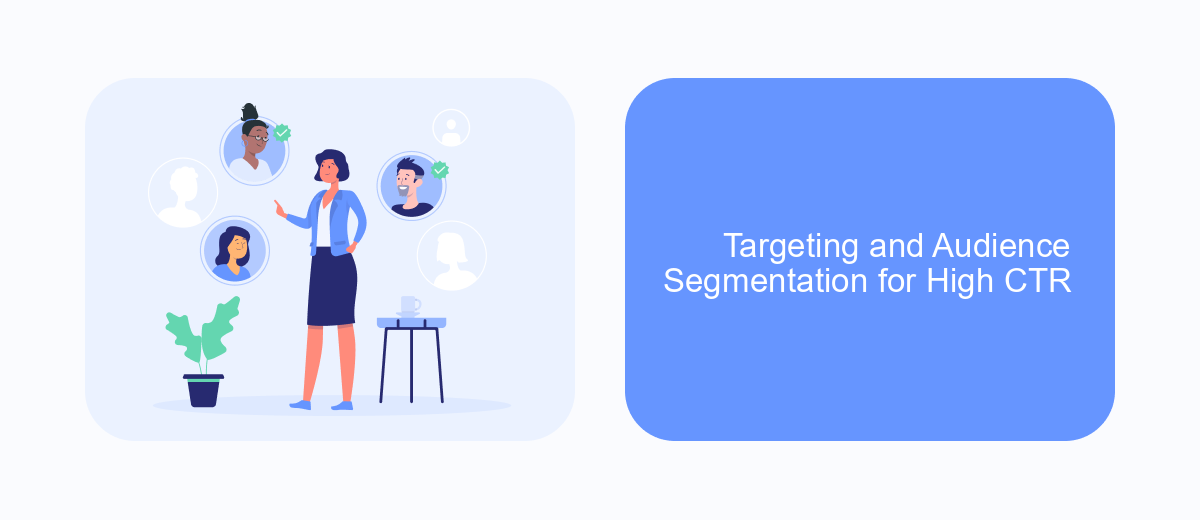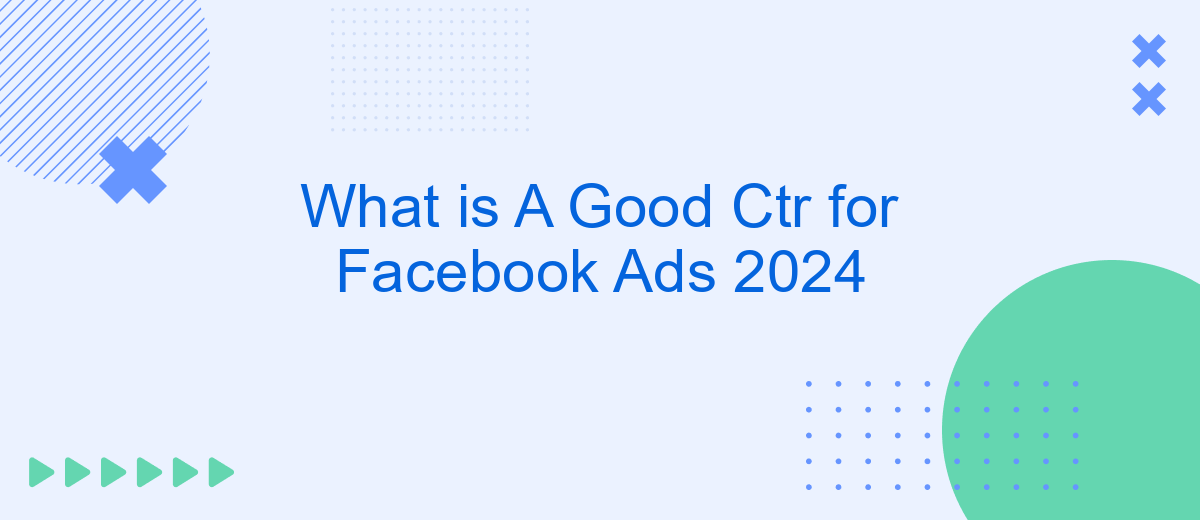In the ever-evolving landscape of digital marketing, understanding what constitutes a good Click-Through Rate (CTR) for Facebook Ads in 2024 is crucial for optimizing campaign performance. This article delves into current benchmarks, factors influencing CTR, and actionable strategies to help marketers achieve and surpass industry standards, ensuring their ads effectively capture audience attention and drive meaningful engagement.
The Importance of CTR in Facebook Ads
Click-through rate (CTR) is a crucial metric for evaluating the effectiveness of Facebook Ads. It measures the percentage of people who click on your ad after seeing it. A high CTR indicates that your ad is engaging and relevant to your target audience, which can lead to better ad performance and lower costs.
- Increased Engagement: A higher CTR means more users are interacting with your ad, which can lead to higher engagement rates.
- Cost Efficiency: Facebook rewards ads with higher CTRs by lowering their cost per click (CPC), making your advertising budget more effective.
- Better Targeting: A good CTR helps in refining your audience targeting, ensuring that your ads are shown to the most relevant users.
- Improved ROI: Ultimately, a higher CTR can lead to better return on investment (ROI) for your ad campaigns.
To maximize your CTR, consider using services like SaveMyLeads to integrate your Facebook Ads with other marketing tools. This can help streamline your ad management process and ensure that you're reaching the right audience with the right message, thereby boosting your CTR and overall ad performance.
Factors Affecting CTR

In 2024, several factors will significantly influence the Click-Through Rate (CTR) for Facebook Ads. One of the primary elements is the relevance of the ad content to the target audience. Ads that are highly relevant to the users' interests and behaviors will naturally attract more clicks. Additionally, the quality of the creative assets, including images, videos, and ad copy, plays a crucial role. High-quality visuals and compelling copy can capture the audience's attention and encourage them to click on the ad.
Another important factor is the optimization of ad placements and timing. Utilizing data-driven insights to determine the best times to display ads and selecting the most effective placements can enhance CTR. Moreover, leveraging services like SaveMyLeads to integrate and automate lead management processes ensures that potential customers are engaged promptly, thereby increasing the likelihood of clicks. Finally, staying updated with Facebook's algorithm changes and continuously testing different ad variations can help advertisers refine their strategies and improve CTR over time.
Optimizing CTR: Tips and Strategies

Optimizing your Click-Through Rate (CTR) for Facebook Ads is crucial for maximizing your ad performance and ROI. A higher CTR indicates that your ad is engaging and relevant to your audience. Here are some effective tips and strategies to optimize your CTR:
- Target the Right Audience: Use Facebook’s detailed targeting options to reach a more specific audience that is likely to engage with your ads.
- Create Compelling Ad Copy: Write clear, concise, and compelling ad copy that resonates with your target audience. Highlight the benefits and use a strong call-to-action.
- Use High-Quality Visuals: Incorporate eye-catching images or videos that align with your message and capture the viewer's attention.
- A/B Testing: Regularly test different ad creatives, headlines, and targeting options to find what works best for your audience.
- Leverage Automation Tools: Use tools like SaveMyLeads to automate and optimize your lead generation process, ensuring timely and efficient follow-ups.
By implementing these strategies, you can significantly improve your Facebook Ads CTR, leading to better engagement and higher conversion rates. Continuously monitor and adjust your campaigns based on performance data to maintain and enhance your results.
Targeting and Audience Segmentation for High CTR

Targeting and audience segmentation are crucial for achieving a high click-through rate (CTR) in Facebook Ads. By precisely defining your audience, you can ensure that your ads reach the most relevant users who are more likely to engage with your content. Start by analyzing your existing customer data to identify key demographics, interests, and behaviors that characterize your ideal audience.
Next, leverage Facebook's powerful targeting options to refine your audience. Utilize Custom Audiences to retarget users who have already interacted with your brand, and lookalike audiences to find new potential customers who share similarities with your best existing customers. This approach helps in maximizing the relevance of your ads, thereby boosting CTR.
- Analyze existing customer data for insights
- Utilize Custom Audiences for retargeting
- Create lookalike audiences for broader reach
- Refine targeting with detailed demographics and interests
For seamless integration and automation, consider using SaveMyLeads. This service helps you connect various platforms, ensuring that your lead data is automatically synced and updated. By streamlining your data management, you can focus more on optimizing your ad campaigns and less on manual data entry, ultimately enhancing your targeting efforts and improving CTR.
Tracking and Measuring CTR: Tools and Benchmarks
To effectively track and measure the Click-Through Rate (CTR) of your Facebook Ads, it's essential to utilize the right tools and establish clear benchmarks. Facebook Ads Manager is a primary tool that provides detailed insights into your ad performance, including CTR. Additionally, Google Analytics can be integrated to gain a broader understanding of user behavior post-click. Setting up UTM parameters in your ad links will help differentiate traffic sources and measure the specific impact of each campaign.
For more advanced tracking and automation, consider using tools like SaveMyLeads. This service simplifies the process of integrating Facebook Ads with various CRM systems, email marketing platforms, and other third-party services. By automating data transfer and lead management, SaveMyLeads ensures that you can focus on optimizing your campaigns rather than getting bogged down by manual data entry. Establishing benchmarks is equally crucial; industry standards suggest a CTR of 0.9% to 1.5% for Facebook Ads, but this can vary based on your niche and audience.


FAQ
What is a good CTR for Facebook Ads in 2024?
How can I improve my Facebook Ads CTR?
Does ad placement affect CTR on Facebook?
How often should I monitor my Facebook Ads CTR?
Can automation tools help in optimizing Facebook Ads CTR?
SaveMyLeads is a simple and effective service that will help you automate routine tasks and optimize business processes. Stop wasting time uploading leads from Facebook manually – you can do it automatically, saving a lot of time and money. Eliminate routine from workflows and achieve more with minimal investment of money, effort and human resources.
